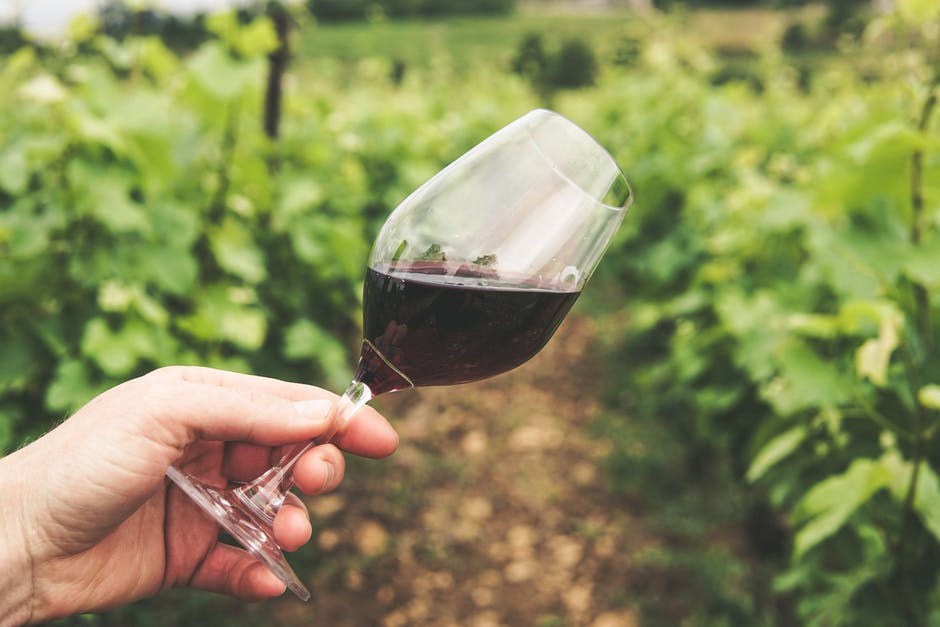As it stands, there are more than 10,000 varieties of wine grapes in the world.
If you’re interested in learning more about wine, you first need to realize that there’s a lot to understand. It’s one of the most varied types of alcoholic beverages available, being enjoyed all over the globe.
It may not be realistic to know everything, but you can benefit a lot from learning the basics. In this guide, we’ll go over the key things you need to know to make your first wine-tasting experience a great one. Keep reading for more.
The History of Wine
Even the biggest wine lovers don’t know when wine was first created. There are stories about the discovery of wine in different cultures, but it’s hard to be sure what’s true. The consensus is that winemaking began sometime after 6,000 BC when humans started domesticating plants and animals.
There is evidence of wine being drunk in Ancient Egypt, Greece, Rome, and other locations. Now it’s enjoyed in countries all over the world. As it stands, the US is one of the largest consumers in the world, producing 773 million gallons in 2021.
Five Main Types of Wine
One of the first things to know is that there are various types of wine. It’s typically split into five main groups. You should note that none of these can be labeled the “best wine” as they vary in various ways.
Red Wine
Red wine is made from grape varieties such as Cabernet Sauvignon, Merlot, and Pinot Noir. They’re still wines that range from light to bold.
White Wine
Some white wine grapes include Sauvignon Blanc, Riesling, and Chardonnay. It ranges from light to rich and is occasionally made from black grapes.
Rosé Wine
Rosé is a still wine that’s also made from black grapes. The skins are removed before the wine is tainted. It combines red and white wine, producing dry and sweet styles.
Sparkling Wine
Sparkling wine can be white, red, or rosé. A secondary fermentation process is used to create the bubbles, ranging from dry and lean to rich and sweet.
Dessert Wine
Dessert wines are made by fortifying other wines with spirits. They’re generally sweet, but dry options are also available.
How to Taste Wine
Tasting wine sounds simple, but there’s a process to it. This involves several steps that professionals use, but it’s easy to understand, so anyone can do it by following these four steps.
1. Look
There are certain things to look for, such as color, opacity, and viscosity. This only takes about 5 seconds and can tell you quite a bit about the wine. This can be very useful if you haven’t seen the bottle, as that will contain the wine information like the type of grape and the vintage.
2. Smell
Smell is a more involved part of the process, and when doing it, you should think big to small. Consider types of fruit, such as citrus or tropical in whites or red, blue, or black fruits in reds. Don’t be too specific, as it can be difficult and frustrating.
There are three main types of aromas to look for:
- Primary aromas: grape derivative scents such as fruits and floral notes
- Secondary aromas: scents that come from the winemaking process, such as nut husk or cheese rind
- Tertiary aromas: from aging and can consist of things like baking spices, autumn leaves, or roasted nuts
3. Taste
Taste is perhaps the most critical part. This is your tongue’s reaction to the wine when you taste and swallow it.
Your tongue can pick up on salty, sweet, bitter, and sour tastes. All wines will have some sour, some can be sweet or bitter, and very few are salty.
The texture can also vary. Ethanol produces more texture, typically higher in more robust, riper wines. Tannin is also common in red wines, the drying sensation they produce.
Length is another factor. This is essentially how long the taste stays with you and can be divided into a beginning, middle, and end.
4. Think
After tasting a wine, you can assess it. Consider:
- Whether it was balanced
- What was unique or memorable about it
- What stood out
- Whether you liked it
Wine Tasting Tips
Once you have the process of tasting figured out, you can improve your experience. Doing the following will help you get the most out of a wine-tasting tour.
Get Past the “Wine” Smell
Sometimes the smell can be a bit overpowering, and it can interfere with the taste. Switching between long, slow sniffs and short, quick sniffs can help.
Learn to Swirl
You’ve probably seen pros swirling wine before. This releases more aroma compounds into the air so that you can embrace more of the scent.
Find More Flavors
Focusing on one flavor at a time allows you to identify more of what makes up a specific wine. Start by coating your mouth with a larger sip, then take several smaller sips. This should make it easier to isolate the various flavors.
Improve Your Tasting Skills Faster
An effective way to develop your tasting skills is to compare different wines in the same tasting session. You’ll get a better idea of their differences when trying them side-by-side.
Finding a Wine-Tasting Experience in Arizona
If you want to try wine tasting in Arizona, finding the right tours can make a lot of difference. Wine Tours of Sedona is one of the leading wine tour companies in the state. They offer private, personalized tours to ensure you get the best wine-tasting experience possible.
Take a look at their wine tours page to find out more about the Verde Valley Wine Trail, Alcantara Vineyard, and the various other tours they offer.

